Home>Interior Design>5 Living Room Feng Shui Mistakes And How To Avoid Them
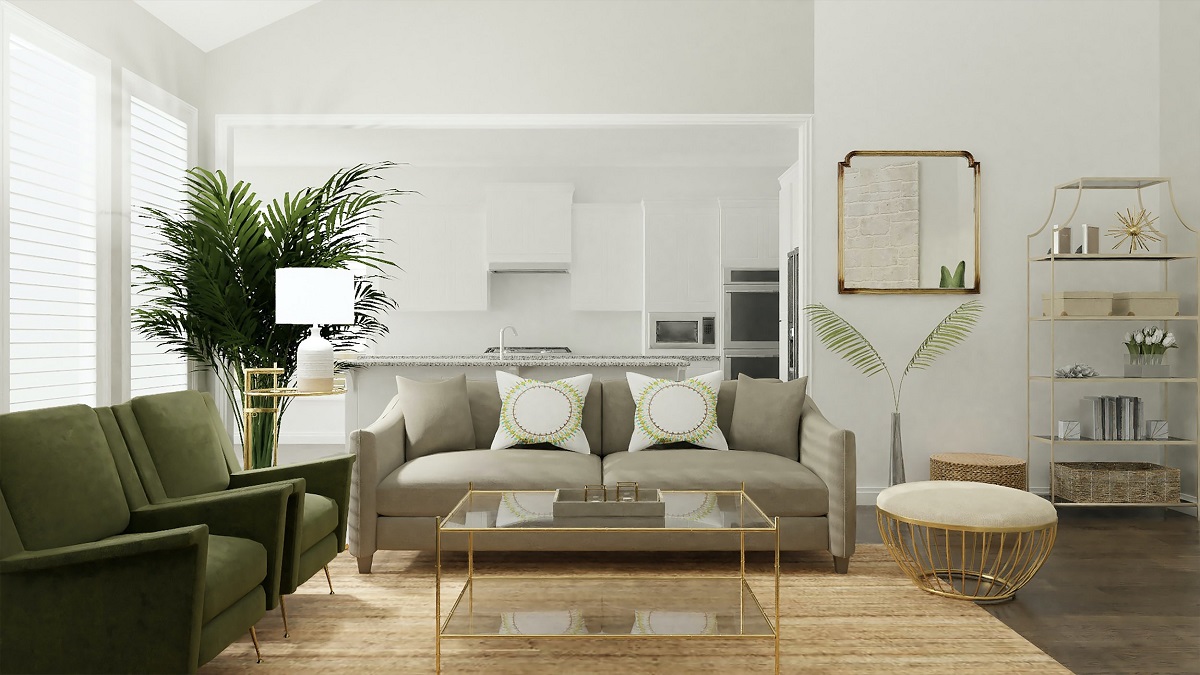

Interior Design
5 Living Room Feng Shui Mistakes And How To Avoid Them
Modified: January 18, 2024
Avoid these 5 common living room Feng Shui mistakes and learn expert tips for interior design to create a harmonious and balanced space.
(Many of the links in this article redirect to a specific reviewed product. Your purchase of these products through affiliate links helps to generate commission for Storables.com, at no extra cost. Learn more)
Introduction
Welcome to the world of interior design! Whether you are a homeowner, a renter, or simply someone who appreciates aesthetically pleasing spaces, the way you arrange and decorate your living room can have a significant impact on your well-being and energy flow. One approach to creating harmony and balance in your living area is through the practice of Feng Shui.
Feng Shui is an ancient Chinese philosophy that aims to harmonize individuals with their environment. It is based on the belief that the placement and arrangement of objects in a space can affect the flow of energy, known as “qi,” and ultimately impact different aspects of our lives, such as health, relationships, and prosperity.
In this article, we will explore five common mistakes that people make when arranging their living rooms according to Feng Shui principles. Each mistake will be accompanied by actionable tips on how to avoid them, ensuring that your living room becomes a haven of positive energy and an inviting space for relaxation and socialization.
Key Takeaways:
- Create a harmonious living room by decluttering, organizing, and incorporating natural elements to promote positive energy flow and relaxation, aligning with Feng Shui principles.
- Optimize your living room’s energy flow by strategically placing furniture, choosing calming color schemes, implementing layered lighting, and embracing natural elements, fostering balance and tranquility.
Mistake 1: Clutter and Disorganization
One of the most common mistakes in living room design is allowing clutter and disorganization to take over the space. Clutter not only affects the physical appearance of the room but also disrupts the flow of energy. In Feng Shui, a cluttered space represents stagnant energy, which can lead to feelings of overwhelm, stress, and even hinder productivity.
To avoid this mistake, it’s essential to declutter and organize your living room. Start by removing any unnecessary items such as old magazines, unused furniture, or excess decorations. Consider implementing storage solutions to keep items neatly tucked away, such as decorative baskets or shelves.
Avoid overcrowding the space with too much furniture or accessories. Keep only what is necessary and meaningful to create a sense of openness and harmony. Remember to regularly reassess your living room and remove any items that no longer serve a purpose or bring you joy.
Additionally, creating designated areas for different activities can help maintain order. For example, designate separate areas for entertainment, reading, or conversation. This not only helps with organization but also allows the energy to flow smoothly and supports the intended purpose of each space.
By decluttering, organizing, and creating designated areas, you can transform your living room into a calm and harmonious sanctuary that promotes positive energy and relaxation.
Mistake 2: Poor Furniture Placement
One of the key principles of Feng Shui is the proper placement of furniture. Poor furniture placement can disrupt the energy flow in your living room and create an unbalanced atmosphere. Avoiding this mistake will help optimize the energy flow and create a harmonious space for relaxation and socialization.
When arranging your furniture, consider the concept of the “command position.” This refers to placing the main seating area, such as the sofa or armchairs, against a solid wall facing the entrance. This position allows you to see who is entering the room and provides a sense of security and control. Avoid placing furniture with their backs to the entrance, as it can create a sense of uneasiness and hinder the flow of energy.
In addition to the command position, ensure that there is plenty of space for comfortable movement. Avoid blocking pathways with large furniture pieces, as this can impede the flow of energy and create a cramped and restrictive atmosphere. Aim for a balance between spaciousness and functionality, allowing for easy navigation and creating a welcoming environment.
Another aspect to consider is the arrangement of furniture in relation to the room’s focal point, such as a fireplace, a window with a scenic view, or a television. Arrange the furniture in a way that enhances the focal point, creating a visually pleasing and harmonious layout.
Furthermore, incorporating round or curved furniture pieces can soften the energy in the room and promote a smoother flow of qi. Avoid sharp edges and corners, as they can create negative energy. If you have furniture with sharp edges, consider placing plants or decorative items to soften their appearance.
By paying attention to the placement of your furniture, you can create a balanced and inviting living room that supports positive energy flow and enhances the overall atmosphere of the space.
Mistake 3: Improper Color Choices
The colors you choose for your living room can significantly impact the energy in the space. Improper color choices can disrupt the balance and harmony, affecting the overall ambiance and mood. To create a harmonious and inviting living room according to Feng Shui principles, it’s important to consider the energy each color represents and how they can influence the space.
When it comes to Feng Shui, earthy tones are generally recommended for the living room as they promote a sense of stability and grounding. Colors such as beige, tan, and warm shades of brown create a calming and nurturing environment. These colors can serve as a solid base for your living room’s color scheme, helping to establish a harmonious atmosphere.
However, this doesn’t mean you have to limit yourself to neutral tones. Incorporating splashes of color can add vibrancy and personality to the space. When choosing accent colors, consider the specific energy you want to enhance. For example, blue represents tranquility and relaxation, making it a suitable choice for creating a serene atmosphere. Green symbolizes growth, balance, and vitality and can be used to promote a sense of well-being and abundance.
On the other hand, it’s important to be mindful of using certain colors sparingly or avoiding them altogether. For instance, red, which symbolizes passion and energy, should be used judiciously as it can be overpowering if used excessively. Similarly, black, while representing sophistication and elegance, can absorb energy and create a heavy atmosphere if not balanced with lighter colors.
One way to add color to your living room while maintaining balance is through the use of artwork, throw pillows, rugs, or curtains. These elements can introduce pops of color and create visual interest without overwhelming the space.
Ultimately, the goal is to create a living room with a carefully curated color palette that supports the desired energy and atmosphere. By choosing colors mindfully and incorporating them strategically, you can enhance the overall harmony and positive energy flow in your living room.
Mistake 4: Bad Lighting
The lighting in your living room plays a vital role in creating a harmonious and inviting atmosphere. Poor lighting choices can negatively affect the energy flow and overall ambiance of the space. To avoid this mistake, it’s important to consider both natural and artificial lighting and how they can work together to enhance the energy in your living room.
First and foremost, make the most of natural light. Natural light is considered the most beneficial and energizing source of light. Ensure that your windows are unobstructed and that curtains or blinds can be easily opened to let in the natural light during the day. Natural light not only brightens up the space but also creates a connection with the outside world, promoting a sense of freshness and vitality.
In addition to natural light, artificial lighting should be carefully considered. Avoid relying solely on harsh overhead lighting, as it can create a glare and an unbalanced atmosphere. Instead, opt for layered lighting that includes ambient, task, and accent lighting.
Ambient lighting provides overall illumination and sets the mood of the room. This can be achieved through ceiling fixtures, chandeliers, or recessed lighting. Task lighting, such as table lamps or floor lamps, should be strategically placed for activities such as reading or working. Accent lighting can highlight specific areas or objects in the room, adding depth and visual interest.
It’s also important to consider the color temperature of the lighting. Warm white or soft white light bulbs are generally more soothing and inviting, while cool white or daylight bulbs can create a more energizing and focused atmosphere. Experiment with different lighting options to find the right balance for your living room.
Lastly, consider incorporating lighting fixtures that are pleasing to the eye. Choose fixtures that complement the overall style of your living room and serve as decorative elements in their own right. Avoid overly bright or harsh lighting that can create a dissonance with the ambiance you are trying to achieve.
By optimizing the natural light, incorporating layered artificial lighting, and selecting fixtures that enhance the overall aesthetic, you can create a well-lit living room that promotes positive energy flow and supports a harmonious and inviting atmosphere.
Mistake 5: Lack of Natural Elements
One of the common mistakes in living room design is the absence of natural elements. In Feng Shui, incorporating nature into your living space is essential as it connects us to the natural world and helps promote a sense of balance and tranquility. Without the presence of natural elements, the energy in your living room can feel stagnant and disconnected.
There are several ways you can introduce natural elements into your living room. Plants are a fantastic option that not only add a lush, green aesthetic but also purify the air and create a sense of vitality. Choose plants that are suitable for indoor environments and consider their placement in accordance with Feng Shui principles. For example, placing plants in the corners of the room can help soften sharp energy and promote a natural flow.
In addition to plants, you can incorporate other natural elements such as wood, stone, or water. Wood furniture or décor items can bring warmth and grounding energy to the space. Stone accents, whether in the form of a fireplace, artwork, or decorative objects, can add a sense of stability and strength. Water features, such as a small tabletop fountain or aquarium, can introduce a calming and flowing energy.
Artwork depicting nature scenes or landscapes can also bring natural elements into your living room. Choose pieces that evoke a sense of serenity and beauty, enhancing the overall ambiance of the space.
Furthermore, optimizing natural light, as mentioned earlier, can also be considered as a natural element. Invite sunlight into your living room by keeping windows clean and unobstructed. Natural light not only brings in positive energy but also showcases the beauty of your natural elements.
By incorporating natural elements, you can create a living room that is in harmony with nature, fostering a sense of peace, balance, and connection. Embrace the beauty of the natural world and allow it to infuse your living room with positive energy and tranquility.
Avoid placing heavy furniture in the center of the room, as it disrupts the flow of energy. Instead, position it against the walls to create a more open and balanced space.
How to Avoid Mistake 1: Clutter and Disorganization
To avoid the mistake of clutter and disorganization in your living room, follow these tips:
- Declutter regularly: Make it a habit to regularly declutter your living room. Remove unnecessary items, such as old magazines, broken or unused items, and excessive decorations. This will help create a clean and organized space.
- Implement smart storage solutions: Invest in storage solutions that can help keep your living room organized. Use decorative baskets, shelves, or storage ottomans to store items neatly and out of sight.
- Be mindful of furniture: Avoid overcrowding the space with too much furniture. Keep only what is necessary and ensure each piece has a designated purpose. Consider multi-functional furniture, such as coffee tables with built-in storage or sofas with hidden compartments.
- Create designated areas: Define separate areas for different activities in your living room, such as entertainment, reading, or conversation. This will help maintain order and organization, making it easier for you to navigate and enjoy the space.
- Regularly reassess and remove unnecessary items: Periodically go through your living room and assess whether each item still serves a purpose or brings you joy. If not, it may be time to let go and create more space for positive energy to flow.
By following these tips, you can avoid the mistake of clutter and disorganization in your living room. Embrace a more minimalist approach and create a serene and organized space that promotes positive energy and relaxation.
How to Avoid Mistake 2: Poor Furniture Placement
To ensure good furniture placement and create a harmonious living room, consider the following tips:
- Command position: Place your main seating area, such as the sofa or armchairs, against a solid wall facing the entrance. This position allows you to see who is entering the room and creates a sense of security and control.
- Ensure ample space: Avoid blocking pathways and create enough space for comfortable movement. Overly cramped furniture arrangements can disrupt the flow of energy. Strike a balance between spaciousness and functionality.
- Avoid sharp edges and corners: Incorporate furniture with rounded or curved edges to create a smoother flow of energy. If you have furniture with sharp corners, soften their appearance by placing plants or decorative items nearby.
- Consider the focal point: Arrange furniture in a way that enhances the room’s focal point, such as a fireplace, a scenic window, or a television. This will create a visually pleasing and harmonious layout.
- Balance visual weight: Distribute furniture pieces of varying sizes and heights throughout the room to achieve balance. Avoid placing all large or heavy items on one side, as it can create an unbalanced energy in the space.
Experiment with furniture placement and take the time to assess the energy flow and overall aesthetics of the room. Trust your intuition and make adjustments as needed until you achieve a furniture arrangement that promotes a sense of balance and harmony.
Remember, furniture placement is not just about functionality but also about creating a positive energy flow in your living room. By following these tips, you can avoid the mistake of poor furniture placement and create a space that is visually pleasing, balanced, and inviting.
How to Avoid Mistake 3: Improper Color Choices
To avoid making the mistake of improper color choices in your living room, follow these guidelines:
- Consider the mood: Think about the mood you want to create in your living room. Choose colors that align with the atmosphere you want to promote. For example, warm earthy tones like beige, tan, or warm shades of brown can create a calming and nurturing environment.
- Embrace the power of neutrals: Neutral colors, such as whites, grays, and creams, can create a versatile and timeless backdrop for your living room. They also provide a sense of balance and allow you to incorporate pops of color through accessories or artwork.
- Understand color symbolism: Familiarize yourself with the symbolism associated with different colors. For example, blue represents tranquility and relaxation, while green symbolizes growth, balance, and vitality. Choose colors that align with the energy you want to infuse into your living room.
- Avoid excessive use of intense colors: While vibrant and bold colors can be appealing, excessive use can create an overwhelming and chaotic energy. Use intense colors as accents or in small doses to create focal points or add visual interest without overpowering the space.
- Bring in natural elements: Incorporate natural elements into your color choices. Earthy tones and muted shades reminiscent of nature can create a sense of grounding and connection to the environment.
- Test samples before committing: Before settling on a color scheme, test paint samples or fabric swatches in your living room. Observe how the colors look in different lighting conditions and how they interact with the existing furniture and decor.
Remember, color has a profound impact on the overall energy and mood of your living room. By making intentional and thoughtful color choices, you can create a space that is visually harmonious, emotionally comforting, and aligned with your desired ambiance.
How to Avoid Mistake 4: Bad Lighting
To ensure good lighting practices and avoid the mistake of bad lighting in your living room, follow these tips:
- Maximize natural light: Make the most of natural light by keeping windows unobstructed and allowing sunlight to enter your living room. Clean windows regularly to ensure maximum brightness. Natural light promotes a positive and energizing atmosphere.
- Layer your lighting: Create a layered lighting scheme that includes ambient, task, and accent lighting. Ambient lighting provides overall illumination, while task lighting focuses on specific areas or tasks, such as reading or working. Accent lighting adds depth and highlights architectural features or decorative elements.
- Choose the right light bulbs: Select light bulbs with the appropriate color temperature for each area of your living room. Warm white or soft white bulbs create a cozy and inviting ambiance, while cool white or daylight bulbs offer a more vibrant and energizing atmosphere. Experiment with different bulb types and temperatures to find the perfect balance.
- Utilize dimmer switches: Install dimmer switches to adjust the intensity of your lighting. This allows you to create different moods and atmospheres, whether you want brighter light for activities or a softer glow for relaxation.
- Incorporate task-specific lighting: Consider the activities that take place in your living room and provide task-specific lighting accordingly. For example, reading lamps near seating areas or adjustable desk lamps for workstations can ensure optimal lighting for specific tasks.
- Choose appropriate lighting fixtures: Select lighting fixtures that complement your living room’s aesthetic and provide the desired level of illumination. Choose fixtures that distribute light evenly and avoid harsh glares or shadows.
- Regularly clean and maintain fixtures: Keep your lighting fixtures clean and free from dust or debris to ensure the optimal dispersion of light. Replace burnt-out bulbs promptly to maintain consistent and effective lighting throughout your living room.
By implementing these lighting strategies, you can create a well-lit living room that enhances comfort, functionality, and ambiance. Good lighting practices not only improve visibility but also contribute to the overall positive energy flow and mood in your space.
How to Avoid Mistake 5: Lack of Natural Elements
To ensure you don’t make the mistake of having a lack of natural elements in your living room, consider these tips:
- Introduce houseplants: Incorporate indoor plants into your living room to bring a touch of nature indoors. Choose plants that thrive in indoor environments and suit your living room’s lighting conditions. Not only will they add a refreshing aesthetic, but they will also improve air quality and enhance a sense of well-being.
- Use natural materials: Infuse your living room with natural materials such as wood, bamboo, or cork. Furniture made from these materials adds warmth and organic textures to the space. Consider wooden coffee tables, bamboo blinds, or cork flooring as eco-friendly options.
- Showcase natural light: Make the most of natural light by keeping windows unobstructed and using sheer curtains or blinds that allow sunlight to filter through. Make the window space a focal point in your living room by creating a cozy seating area or displaying plants near the windows.
- Decorate with natural elements: Bring in natural elements through decor items such as seashells, stones, or driftwood. Display these items in a decorative bowl or incorporate them into your shelving or table displays. They serve as reminders of the beauty of the natural world.
- Opt for natural fiber textiles: Choose textiles made from natural fibers like cotton, linen, or jute for your curtains, rugs, and upholstery. These materials add a sense of earthiness and texture to your living room while maintaining a connection to nature.
- Showcase natural artwork: Display artwork or photographs that depict natural scenes or landscapes. These can include serene beach scenes, lush forests, or calming nature-inspired abstract art. Nature-inspired artwork creates a visual connection to the natural world, evoking a sense of tranquility and harmony.
- Consider a water feature: If space allows, consider incorporating a small water feature such as a tabletop fountain or a miniature indoor waterfall. The sound and movement of water bring a calming and soothing energy to your living room.
By incorporating these natural elements into your living room, you can create a space that feels connected to the outdoors, promoting a sense of peace, harmony, and rejuvenation. Embracing nature in your living room design enhances the overall energy and aesthetic, creating a sanctuary where you can relax and recharge.
Conclusion
Designing a living room that harnesses the principles of Feng Shui can greatly enhance your well-being and create a harmonious space that promotes positive energy flow. By avoiding common mistakes and implementing the recommended strategies, you can transform your living room into a sanctuary of balance and tranquility.
Start by decluttering and organizing your space, removing unnecessary items to create an open and inviting atmosphere. Proper furniture placement ensures a flow of energy and allows for comfortable movement within the room. Careful consideration of color choices can evoke moods and emotions that align with the energy you want to cultivate. Thoughtful lighting design maximizes natural light, incorporates layered lighting, and creates the right ambiance for different activities.
Remember to bring natural elements into your living room to establish a connection with the natural world. Incorporate plants, natural materials, and artwork depicting nature to infuse the space with vitality, grounding, and a sense of serenity. Each of these elements contributes to a well-balanced and energizing living room environment.
By cultivating a living room that aligns with the principles of Feng Shui, you can create a space that nurtures your well-being, enhances relaxation, and fosters vibrant social interactions. Take the time to assess your living room’s current state and make intentional adjustments to optimize its flow and energy. With a mindful approach to design, you can transform your living room into a haven of positive energy and a reflection of your personal style and values.
Embrace the transformative power of Feng Shui and create a living room that not only looks beautiful but also supports your overall well-being. Enjoy the process of designing a space that brings you joy, balance, and positive energy for you and your loved ones to enjoy.
Frequently Asked Questions about 5 Living Room Feng Shui Mistakes And How To Avoid Them
Was this page helpful?
At Storables.com, we guarantee accurate and reliable information. Our content, validated by Expert Board Contributors, is crafted following stringent Editorial Policies. We're committed to providing you with well-researched, expert-backed insights for all your informational needs.
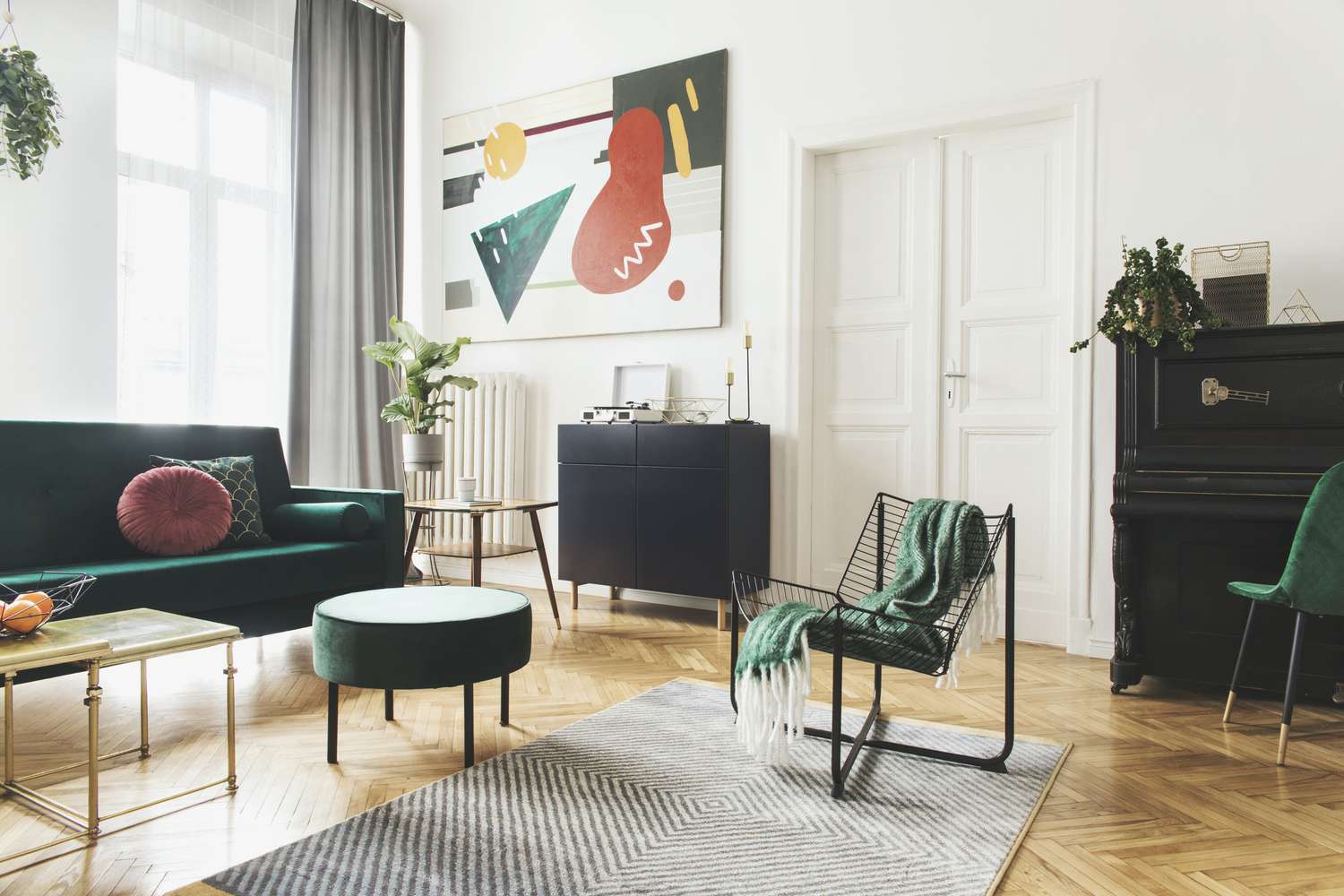
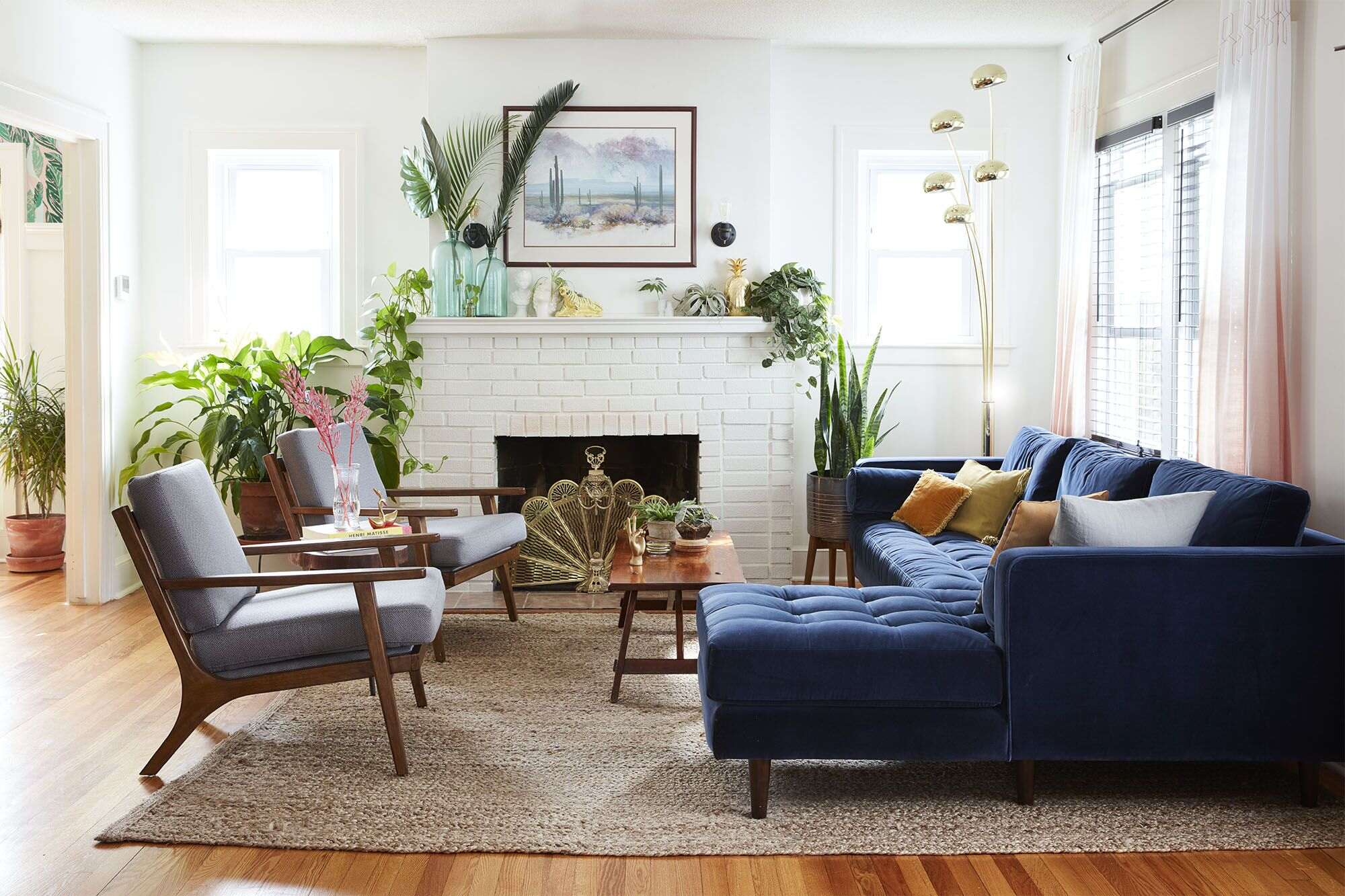
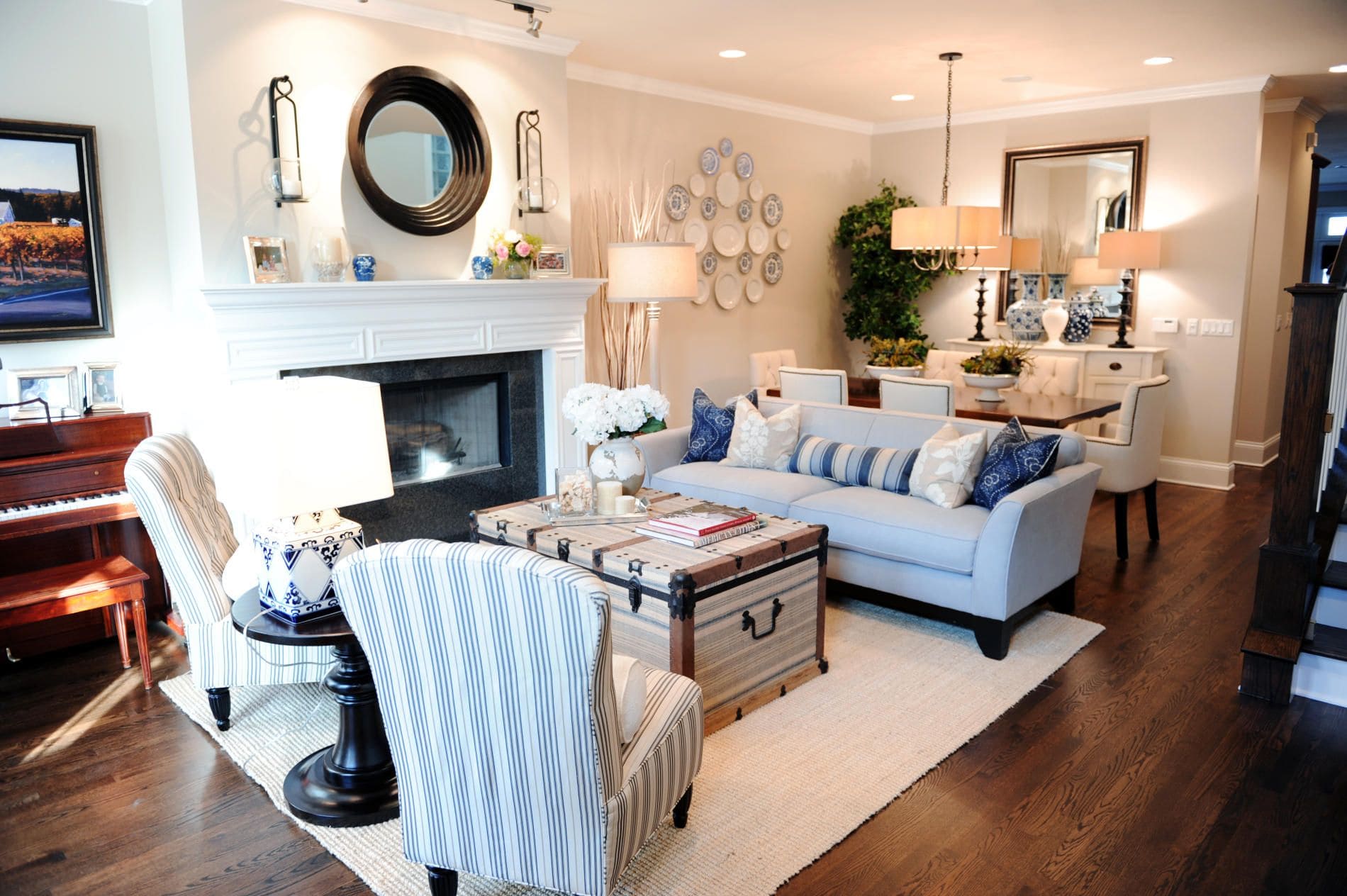
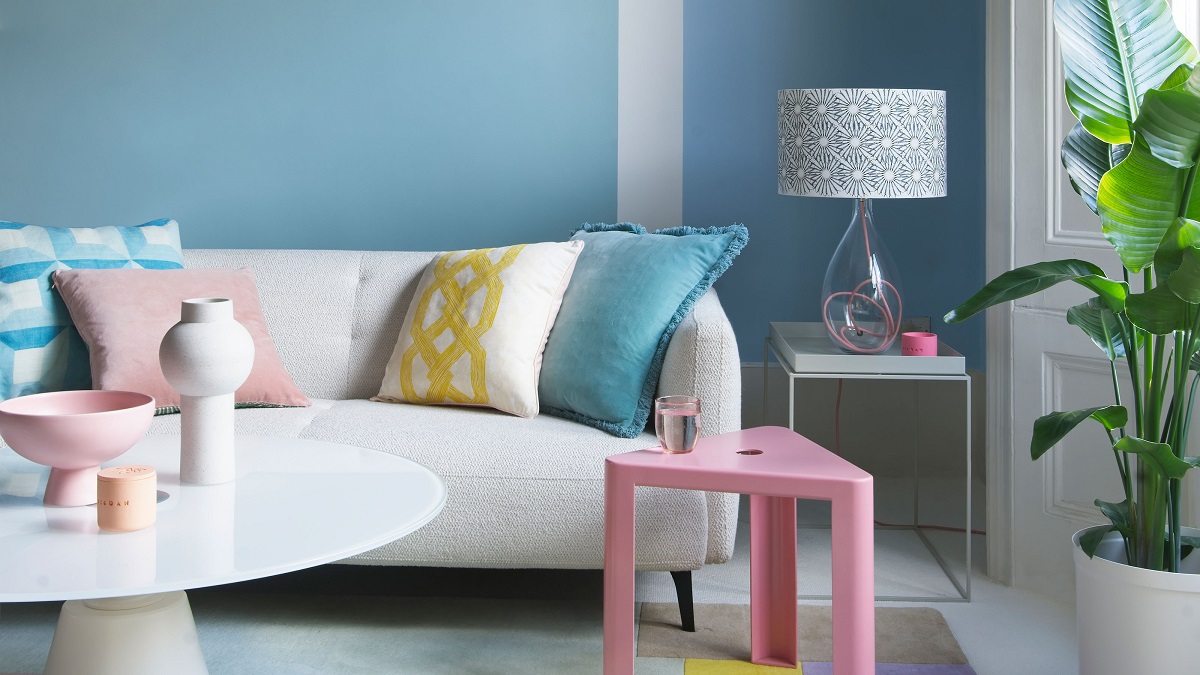
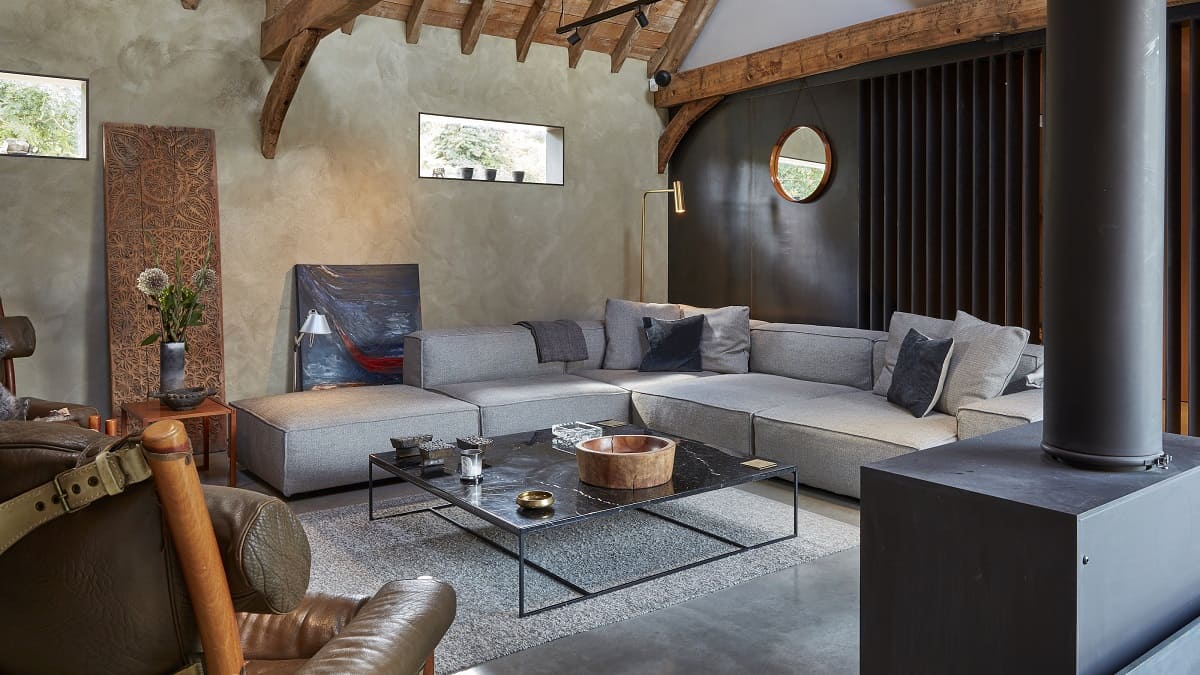
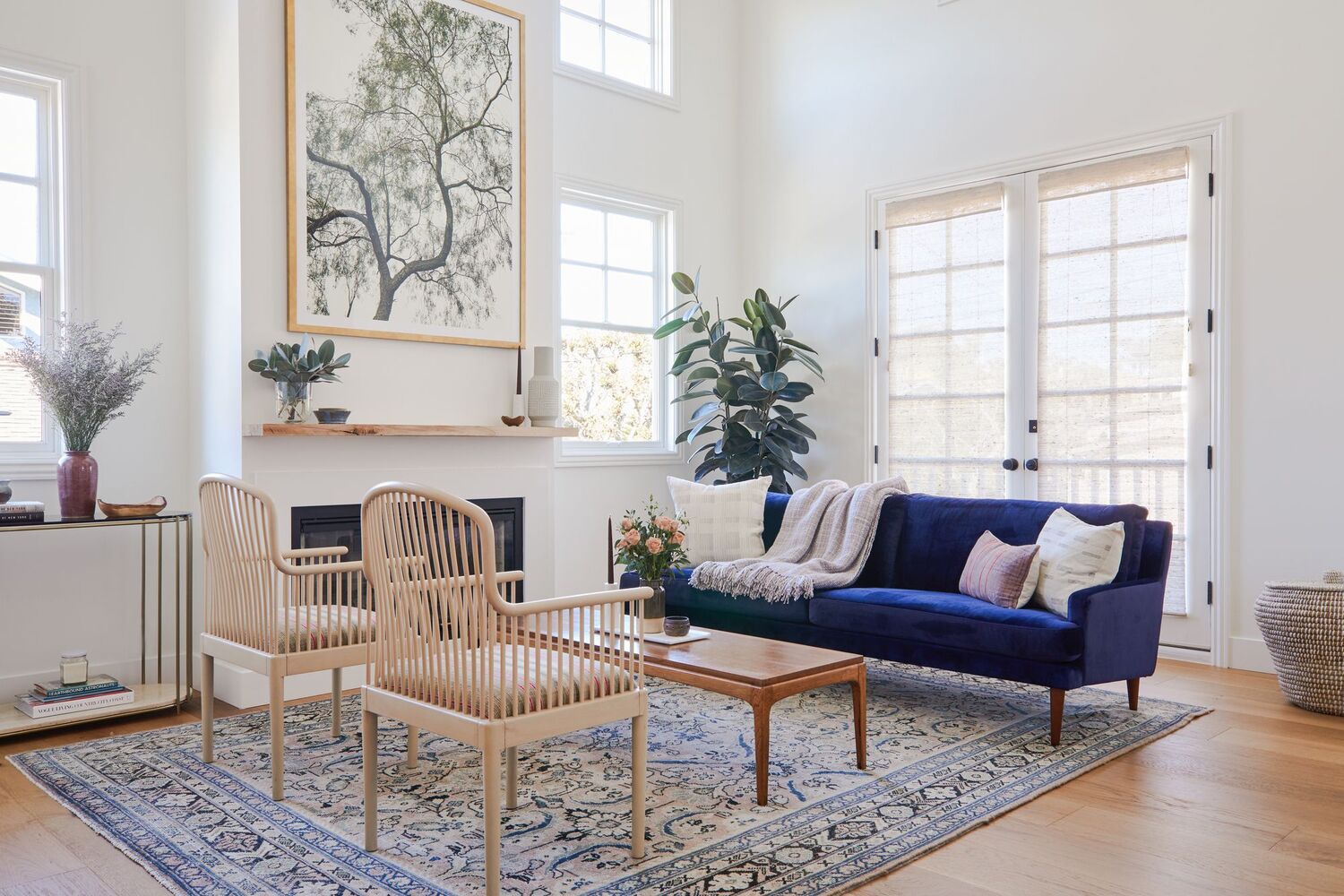
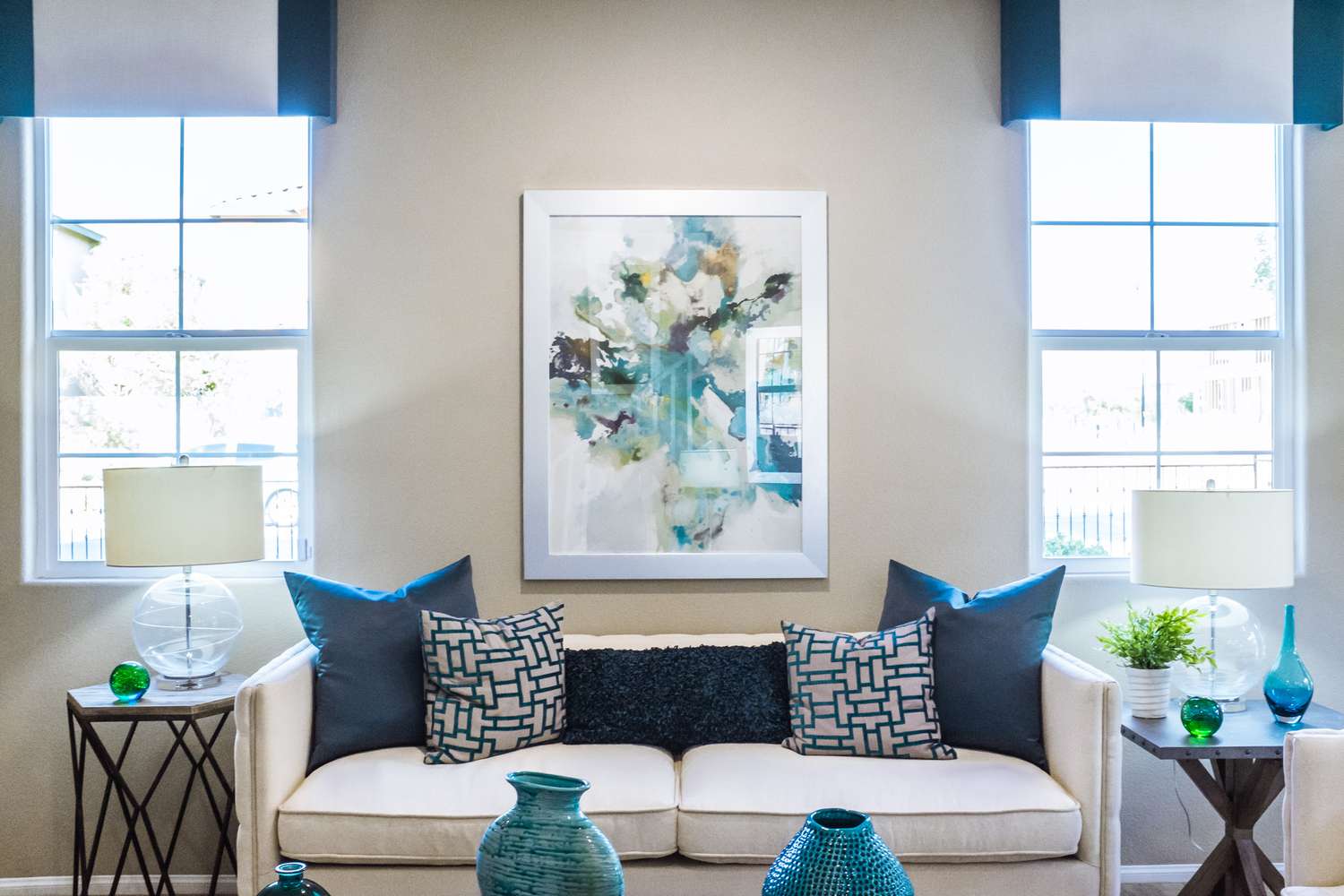
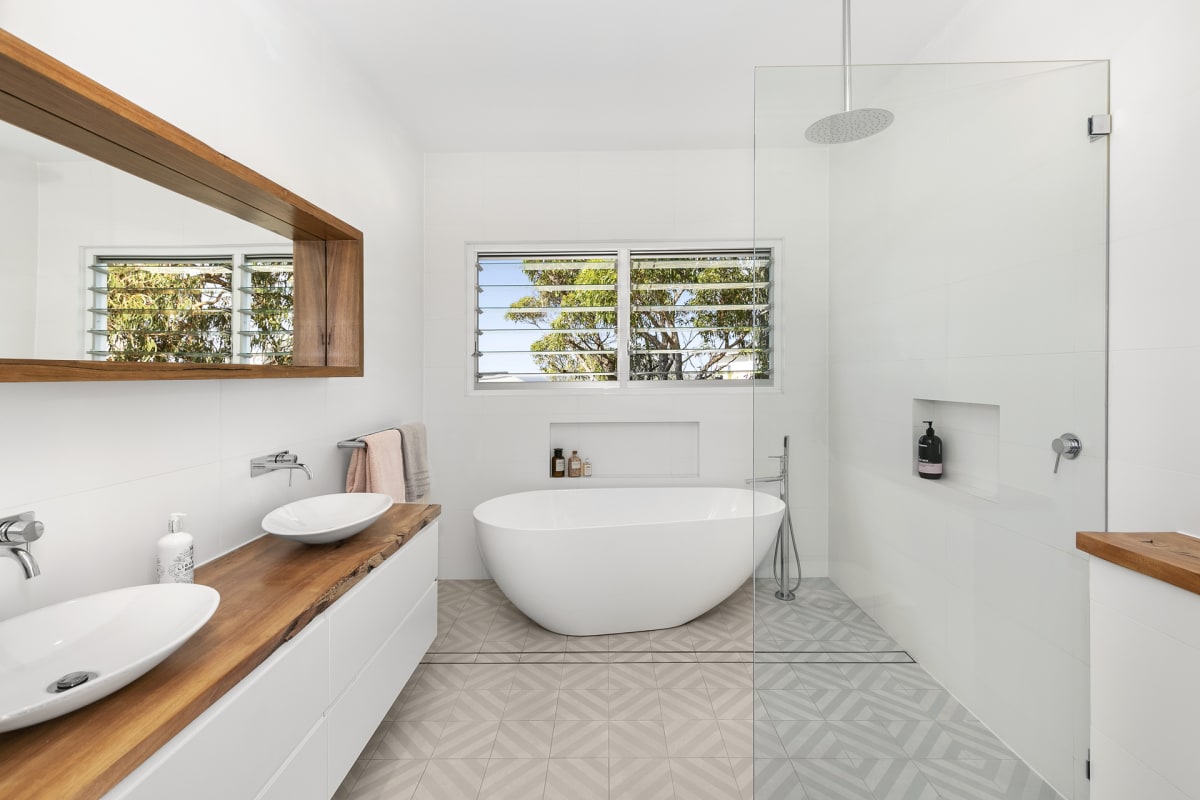
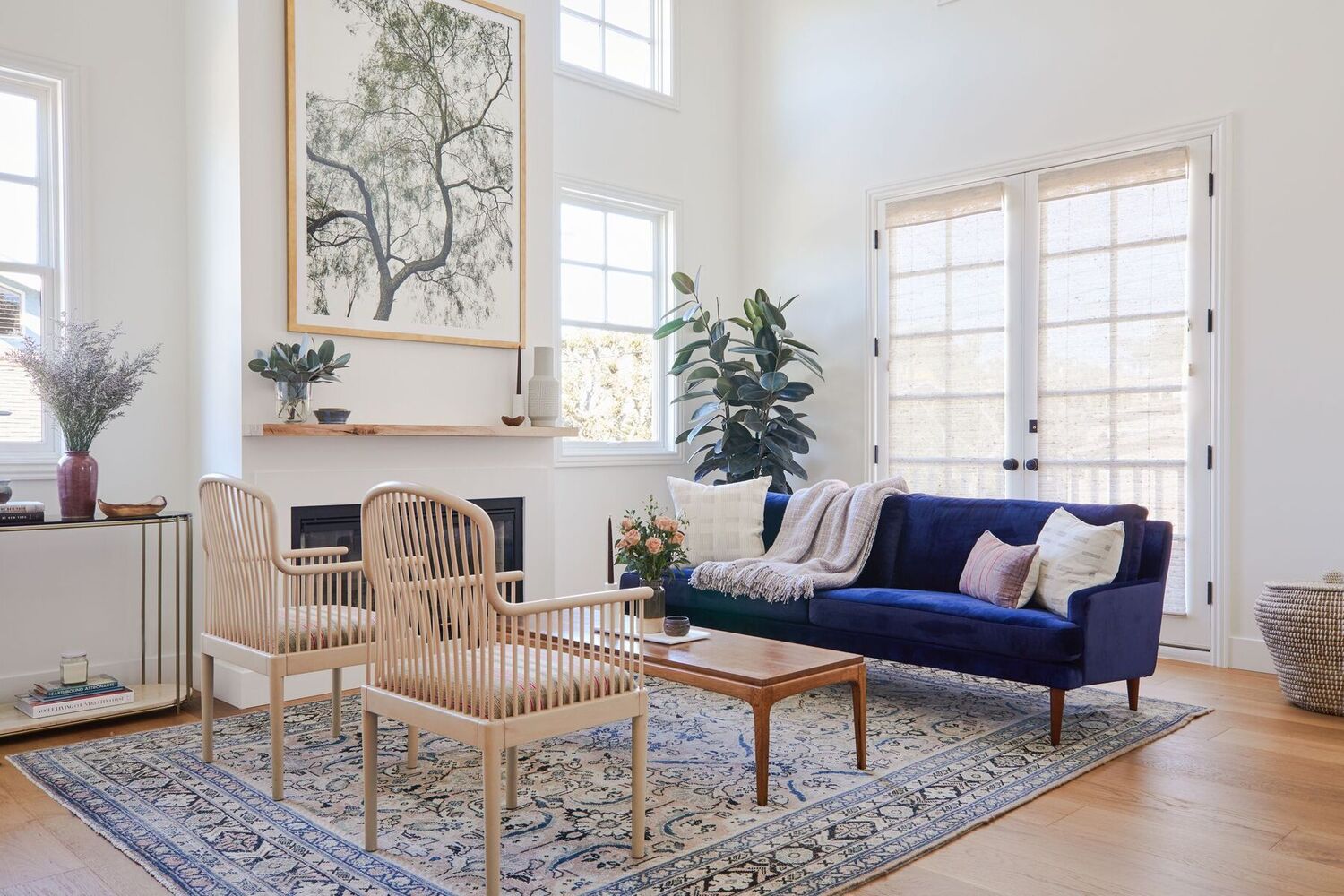
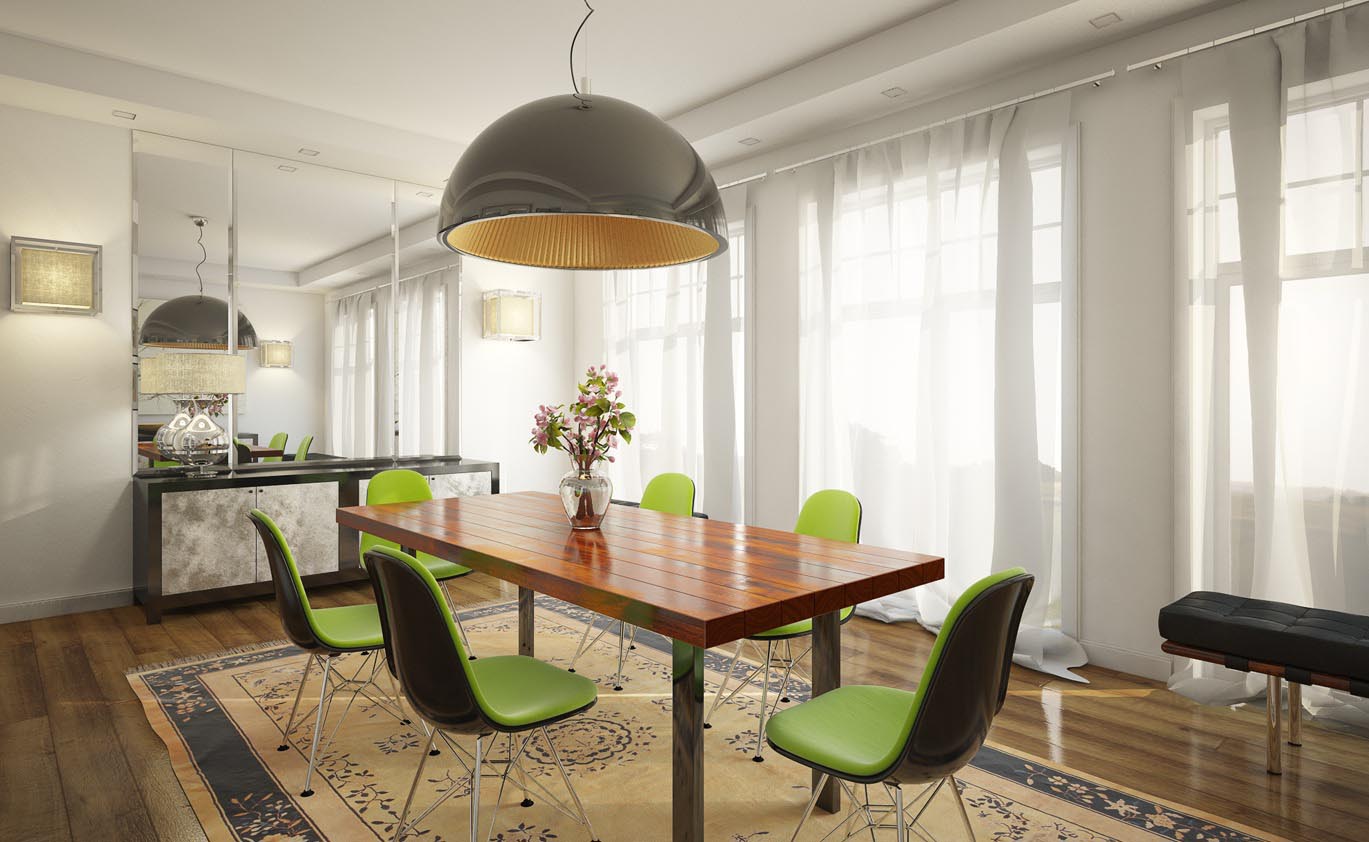
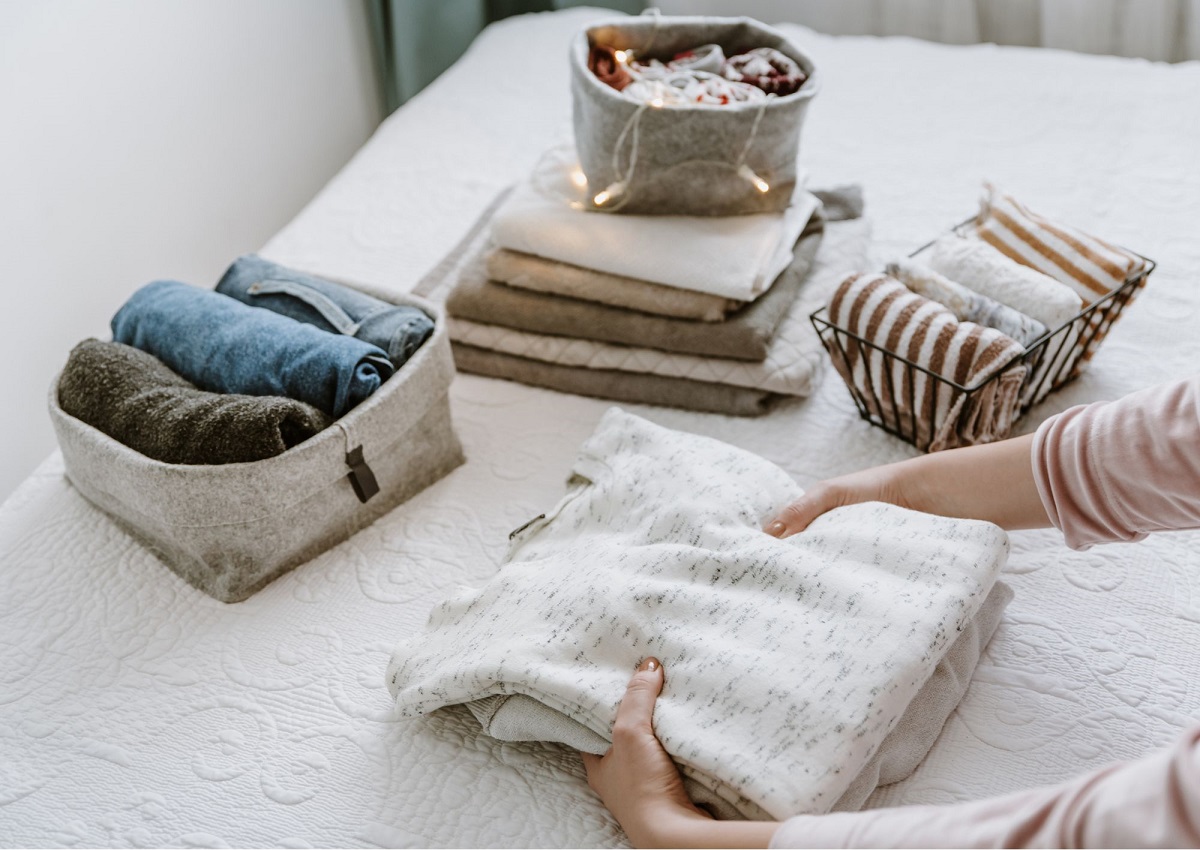
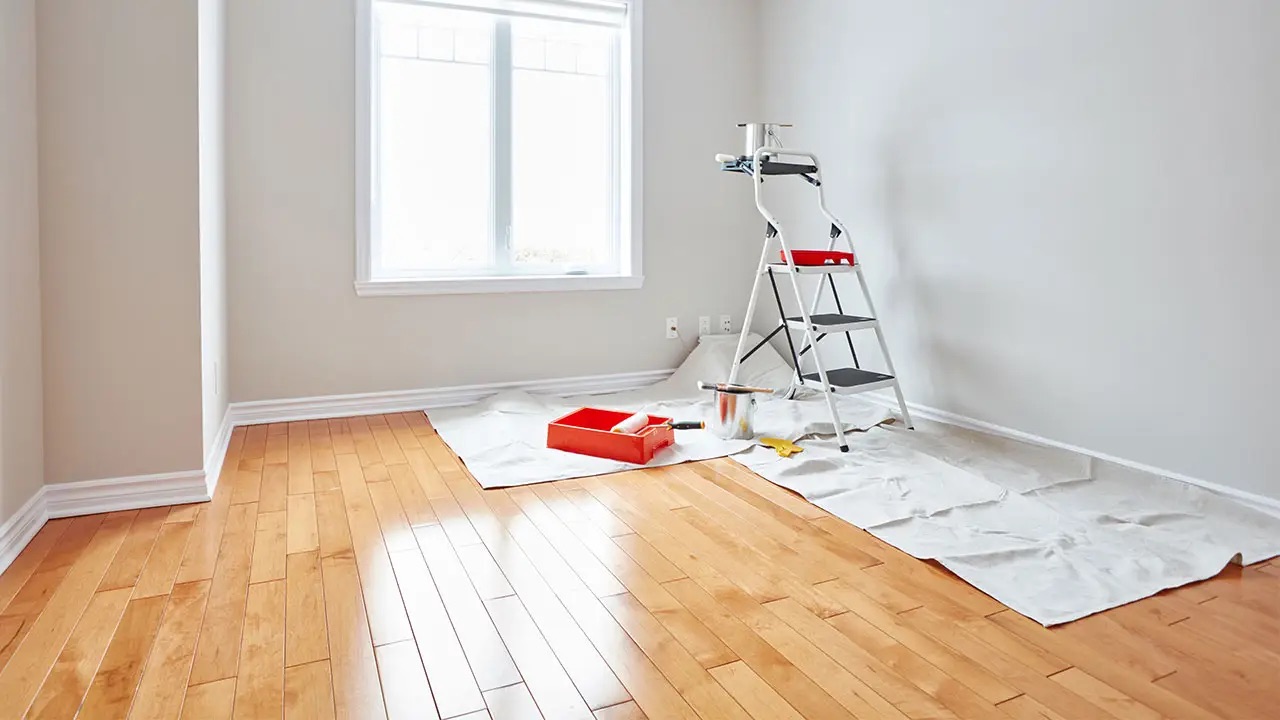


0 thoughts on “5 Living Room Feng Shui Mistakes And How To Avoid Them”